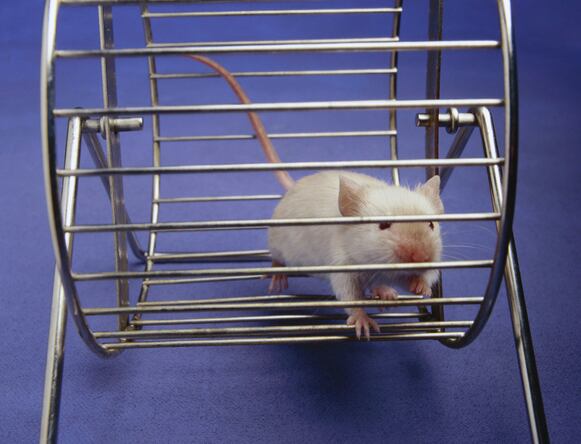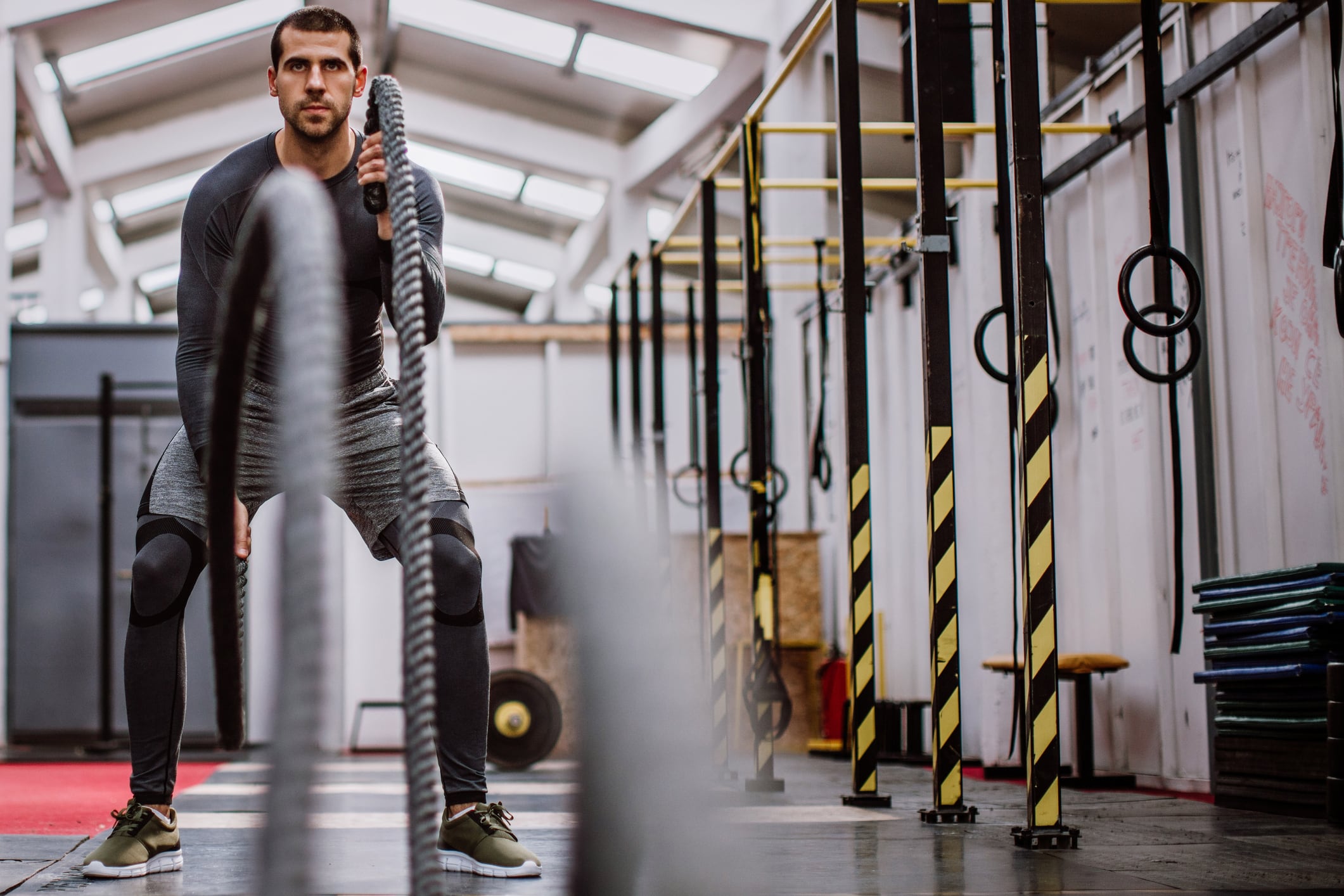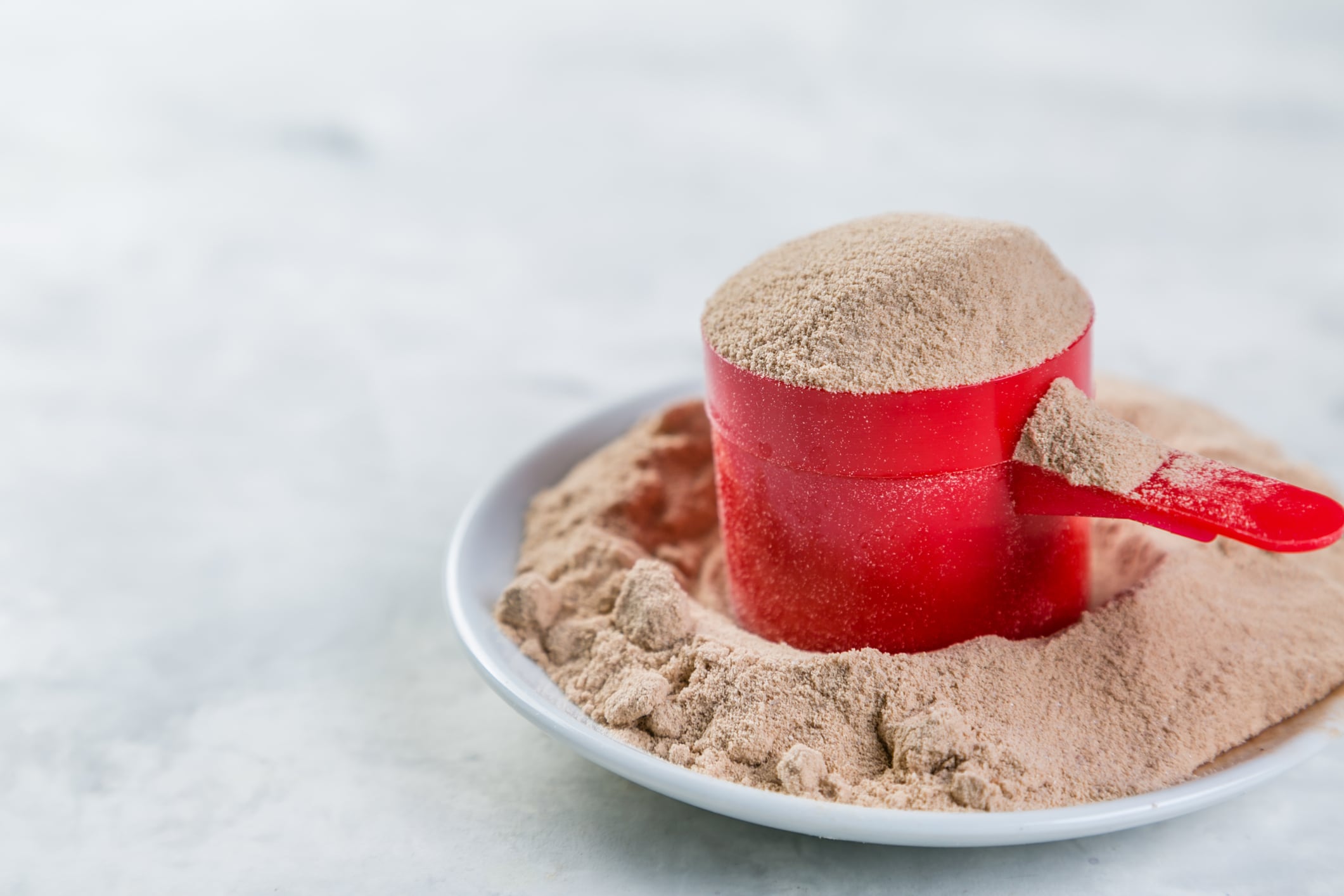The new research was the work of researchers in the Department of Sports Sciences at the University of Tokyo. The study was published in the Journal of the International Society of Sports Nutrition.
The aim of the research was to find how to best replenish the glycogen stores in muscles that have been depleted from endurance exercise. The researchers noted that when looking at longer time frames — 24 hours or more — there is little difference in whether the same number of calories are given quickly or over a more protracted period. The glycogen stores are replenished in a similar fashion in either case.
Speeding muscle recovery in specific time frame
But in some cases athletes might need to recover faster, the researchers said.
“Athletes need to recover glycogen quickly after physical exercise as they sometimes exercise multiple times a day,” they noted.
The researchers divided the mice up into several groups, one a baseline group, with the other three divided up into different experiment types, based on the length of recovery (60 minutes or 120 minutes) after exercise and other tissue and blood sampling differences.
The experiment groups were further divided into those that received a single, immediate bolus of glucose at a dosage of 1.2 mg per gram fo body weight, versus those that received four 0.3 mg/g ‘pulses’ of glucose. The pulses were timed one at exercise cessation and three more at 15 minute intervals.
The exercise stimulus was the same in all cases. The mice ran on a treadmill at 20 meters a minute for 60 minutes.
The researchers drew blood samples from the mice as well as taking muscle and liver samples after the mice were euthanized.
One big gulp of glucose works best
They concluded that the quick ingestion of glucose was best at replenishing muscles, whereas the more protracted administration worked better for the replenishment of liver glycogen, which serves as a glucose store for the whole body, including the brain.
“The present study showed that ingesting a large amount of glucose immediately after exercise increased insulin secretion and enhanced muscle glycogen recovery, whereas frequent and small amounts of glucose intake was shown to enhance liver glycogen recovery,” the researchers concluded.
“The results of this study are expected to add to the literature regarding glucose uptake and glycogen synthesis, but the detailed mechanism requires further investigation,” they added.
What’s sauce for the mouse is sauce for the human?
Susan Kleiner, PhD, is a clinical nutritionist based in Seattle who has advised many athlete clients on how best to recover quickly from training bouts so that they are able to put in a full, quality effort for their next session. She said the results are interesting, but cautioned that even though there are validated methods for equating results in mice to what might be observed in humans, it’s not always a perfect translation.
“In these mice, they had higher and faster muscle glycogen recovery with a bolus of glucose vs 4 smaller pulses equivalent to the total bolus. They confirmed the clinical mechanism through several other experiments,” Kleiner said.
“So, if you are a mouse doing multiple training sessions/day, to refuel for your next training bout we’d recommend from these results to gulp your sports drink down all at once right after exercise vs nursing it slowly over time,” she added.
Source: Journal of the International Society of Sports Nutrition
18, Article number: 69 (2021)
Effects of glucose ingestion at different frequencies on glycogen recovery in mice during the early hours post exercise
Authors: Matsunaga Y, et al.
Sports & Active Nutrition Summit USA 2022
Dr Kleiner will be a panel participant in NutraIngredients-USA’s Sports & Active Nutrition Summit, which returns in 2022 as an in-person event. The event is being put on with the help of the American Herbal Products Association's Sports Nutrition Committee. For more information on the event, which is scheduled for Feb 14-16 in San Diego, and to secure an EARLY BIRD DISCOUNT, visit the event homepage.




